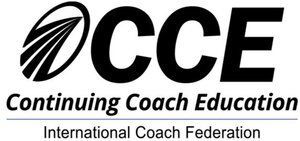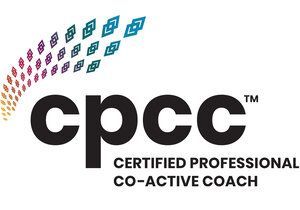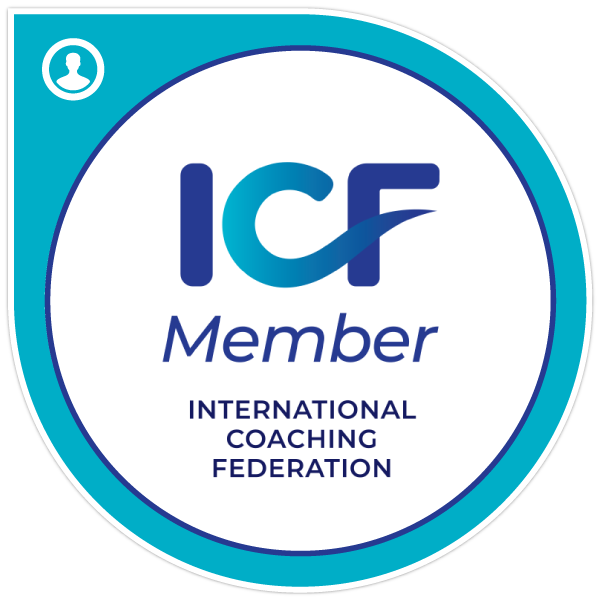By Aki Tsukui (Director of Wellness, Leadership & Systemic Coach, Sound Therapist and Breathwork facilitator)
•
December 1, 2025
As the year draws to a close, I find myself returning to the heart again and again. This year has been one of depth, gentleness, and profound inner shifts. For many, it wasn’t about chasing more but about softening into what’s already within. Through stillness or release, courage or quiet surrender, the path was deeply personal and profoundly shared. As I look back, my heart is full of gratitude for every soul who chose growth with openness and curiosity. Together, we shaped spaces of truth, safety, and heartfelt reconnection. Nurture Your Heart We began the year with Nurture Your Heart , a monthly workshop that invited both women and men to pause, reflect, and reconnect with their emotional landscape. It was a powerful reminder that growth begins with presence. In this space, we witnessed the heart’s full range: grief, joy, anger, longing, and allowed it all to be felt and held without judgment. Participants released years of emotional tension, reclaimed forgotten parts of themselves, and discovered a deeper sense of self-compassion. It was an honor to witness both men and women open, express, and support one another. We were reminded that there is strength in softness, and that being seen in our wholeness is one of the most healing gifts we can give and receive. Self-Mastery Another most meaningful experiences for me was co-facilitating our newly launched Self-Mastery Workshop . Creating a space for leaders to pause and realign with their deeper values felt especially powerful. The Harvard Business Review statistic that 95% of people believe they are self-aware but only 10–15% truly are resonated strongly throughout the day. I saw how much leaders yearn not only for clarity but also for the ability to lead with intention and alignment, rather than from autopilot or external pressure. What touched me most was witnessing the transformation that unfolded when we combined evidence-based leadership tools with grounding practices like breathwork, visualization, and reflection. The Energy Leadership™️ Assessment offered insight into personal patterns, while the holistic practices created space for participants to reconnect with themselves. By the end of the day, there was a palpable sense of clarity, alignment, and renewed purpose. It reminded me that self-mastery is ultimately about living and leading in harmony with our values, choosing, again and again, to act with intention and to align with who we truly are. Family Constellation: Seeing the Unseen and Let the Love Flow One of the most profound themes this year was the collective and individual journey that unfolded through our Family and Systemic Constellation workshops. This modality reveals the invisible threads that bind us to our family systems, often in ways we may not be consciously aware of. Patterns of suffering, disconnection, or limitation are not always ours alone to carry; they may belong to generations before us. In constellation work, we step into a sacred field where ancestral stories, unresolved grief, and hidden loyalties can surface gently and respectfully. Through this work, clients found relief from emotional burdens they couldn’t quite name, rediscovering belonging, compassion, and strength in their lineage. It was beautiful to witness how much can shift, not just in individuals, but in entire systems, when one person chooses to see with new eyes and feel with an open heart. Coaching, Sound Journey & Breathwork: Three Portals to the Self This year also offered a beautiful unfolding through three separate yet interwoven paths: Coaching, Sound Healing, and Yin Breathwork. Each of these modalities provided a different gateway into the inner world: meeting people where they were and allowing healing to unfold in organic, embodied ways. Coaching : This year, coaching became a space for profound personal and professional transformation. Whether I was working with individuals seeking emotional clarity or leaders and professionals navigating growth, conflict, or burnout, one thing remained consistent: coaching held up a mirror to what truly matters. It created room to pause, reflect, and reconnect, not just to goals, but to values. Time and again, I saw how high performance can mask deeper needs for alignment, meaning, and authentic leadership. Together, we untangled those threads. We built clear visions and action plans grounded in who my clients truly are and how they want to lead. Now, each client walks forward with clarity, intention, and a roadmap that aligns with their core values so they can lead and live on purpose. Coaching this year reminded me: it’s not just about doing more, but becoming more aligned, more grounded, and more fully yourself. Sound Healing : This year, Sound Healing became more than rest. It became a catalyst for deep inner shifts. Through the resonance of gongs, singing bowls, crystal bowls and chimes, clients were able to release tension held in the body, quiet the noise of the mind, and access a deeper state of awareness. The sound gently bypassed conscious thought and reached the places words couldn’t. Many described it as a feeling of “coming home” to themselves or being “held by something larger.” And the impact was undeniable. Clients left feeling lighter, clearer, more grounded. Across every session, the shift was evident: from overwhelm to ease, from disconnection to presence, from holding on to letting go. Sound didn’t just soothe. It transformed. This reminded me of the incredible intelligence of sound. How its vibrations carry the power to reach beyond words, to touch the unseen layers of our being, and to awaken healing from within. Sound is not just heard; it is felt, remembered, and lived. This deep knowing will continue to inspire and shape my journey ahead. Yin Breathwork : We created a gentle yet profound space for emotional release. Drawing from rebirthing traditions, Yin breathwork sessions invited clients to breathe through old patterns, energetic blockages, and emotions held within the body. The process was often deeply cathartic: tears, laughter, insight, and stillness naturally arose as the breath guided the way and the body felt safe to surrender. The sessions supported the release of what no longer served whether subtle energetic blocks, long-held tension, or trauma gently held beneath the surface. As breath moved through the body, it invited healing and renewal at a deep level, bringing clarity, relief, and a renewed sense of freedom. This year, Yin Breathwork reminded me of the quiet strength found in surrender: the way breath can gently connect with the subconscious, opening hidden layers beyond the reach of words. It showed how allowing ourselves to feel fully, with openness and compassion, can lead to profound healing and transformation. Trusting the breath is trusting the wisdom held deep within. The Path Ahead: Renewal & Expansion Personal growth is not a straight line. It’s layered. It spirals. It deepens with time. If this year has taught me anything, it’s this: our bodies carry wisdom, our hearts hold courage, and we are all capable of anything when we feel safe, supported, and ready. As we step into a new year, I hope you’ll carry these reminders: • You are not behind. • Rest is productive. • You are worthy of joy and ease. • Your journey is your own and it is enough. Coming in 2026: New Offerings, Deeper Connection Looking ahead, we’re thrilled to be launching new workshops and retreats in 2026, created especially for individuals, groups, and couples. These offerings will continue to honour the mind, body, heart, and spirit supporting emotional growth, relational healing, and spiritual awakening. Whether you're a leader seeking greater alignment, a couple longing for deeper connection, or an individual ready to step into your next chapter, we invite you to be part of this next evolution. Thank you for allowing me to walk beside you this year whether in a circle, a constellation, on a breathwork mat, in a coaching room, within the vibrations of sound, or in a quiet moment of resonance. We’ve grown together, expanded our awareness, and returned to ourselves in deeper ways. With love and gratitude, Aki Tsukui Co-Founder, Elemental Wellness


























